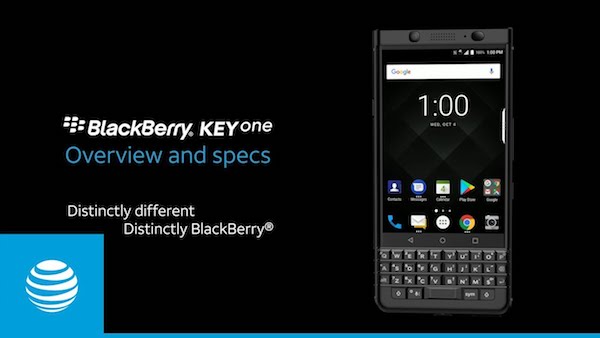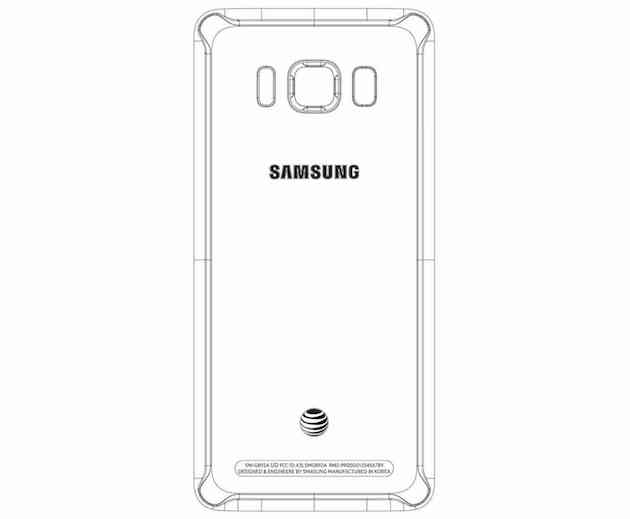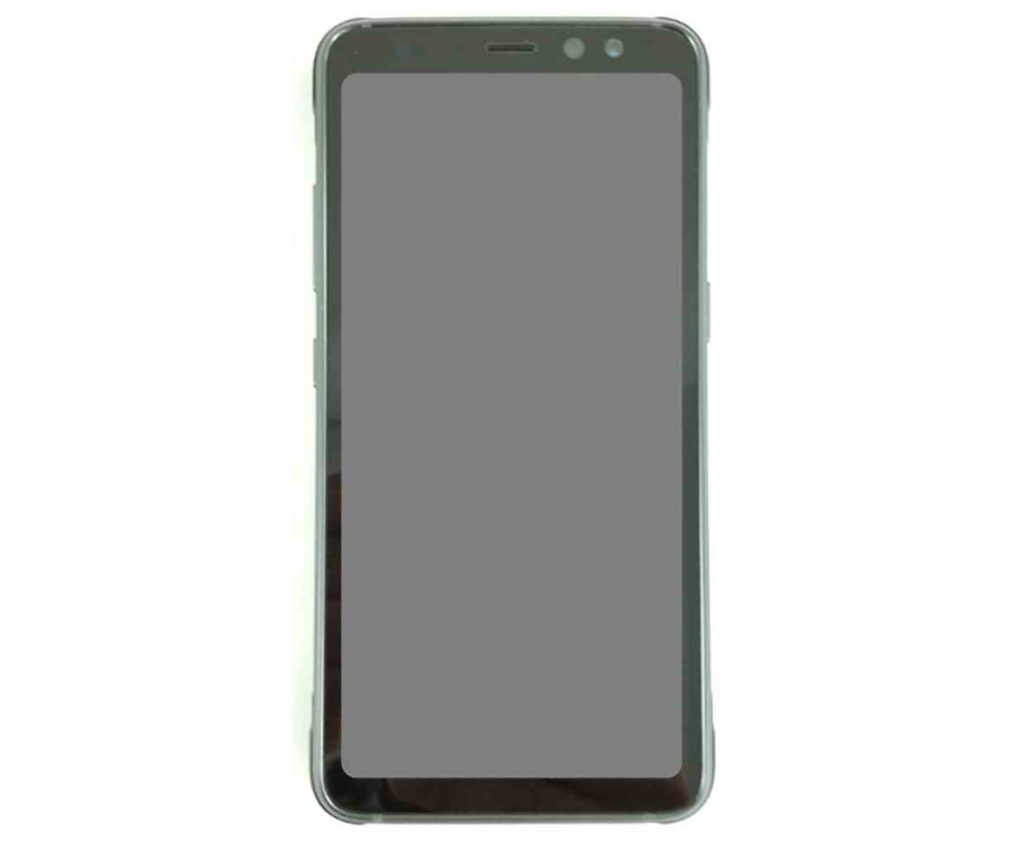
AT&T, like the other major wireless carriers, is setting its sights on 5G. But in the transition period, the big blue carrier is making a big change.
As reported on Friday by FierceWireless, AT&T is going to be changing the noticeable logo on supported Android devices from “LTE” to “5G E”. The change will mark areas where the carrier’s towers support LTE advanced technologies like 4×4 MIMO and 256 QAM. That “5G E” is meant to showcase “5G Evolution”, the network technologies that are primed to show off more advanced LTE connectivity, but isn’t quite a proper 5G network, either.
“If they have one of the latest Android devices and it connects to a tower that’s enabled with 5G Evolution, they’ll soon see a “5G E” indicator pop up on their screen,” an AT&T spokesperson wrote in response to questions from FierceWireless. “Initially we’ll roll this out on a handful of devices, with more devices showing the indicator in spring 2019.”
5G Evolution will be available in over 400 markets before the end of 2018, so if you’re an AT&T customer and you’re using an Android smartphone that was launched in the last year or so, you may see your LTE indicator on your notification bar change to 5G E before the end of the year. Just keep in mind that even if you do see that change, you aren’t actually using AT&T’s planned 5G network just yet.
As noted in the original report, this isn’t the first time this sort of thing has happened, with potentially confusing labeling. T-Mobile and AT&T both rebranded HSPA as 4G before LTE rolled around. And Sprint branded its WIMAX as 4G, too.
[via FierceWireless]

















